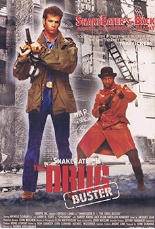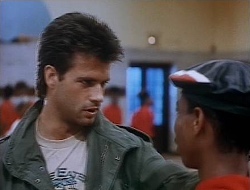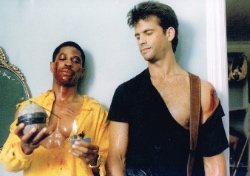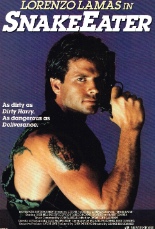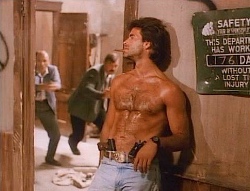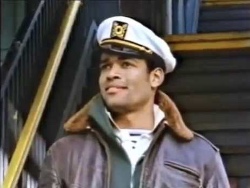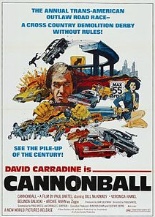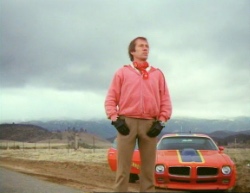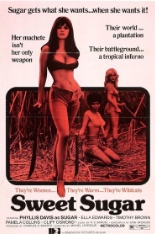
 Elation turns to frustration when a prostitute named Sugar is sentenced to the plantation, in the Cain-raising Sweet Sugar. In a role similar to her star(let) turn in the following year’s Terminal Island, the lovely Phyllis Davis pours every bit of her seductive curves and salacious charm into the role, making the women-in-prison picture a superior example of the exploitation-staple subgenre.
Elation turns to frustration when a prostitute named Sugar is sentenced to the plantation, in the Cain-raising Sweet Sugar. In a role similar to her star(let) turn in the following year’s Terminal Island, the lovely Phyllis Davis pours every bit of her seductive curves and salacious charm into the role, making the women-in-prison picture a superior example of the exploitation-staple subgenre.
Set up for a marijuana bust in Costa Rica, Sugar is thrown into jail. Rather than face a year or more behind bars while waiting for her sure-to-be-unfair trial, she opts for the alternative punishment of a two-year stint cutting sugar cane under the unforgiving sun. She and her fellow conscripted cuties (including Detroit 9000’s Ella Edwards as the film’s good-enough simulation of Pam Grier) use their rented machetes and feminine wiles in numerous attempts to overpower the men and make a run for the border.
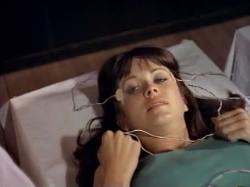 Virtually every character with testicles — the literal kind, mind you — is a villain, none more so than the wackadoodle scientist Dr. John (Angus Duncan, How to Seduce a Woman), whose twisted experiments include some sort of orgasm machine that Sugar short-circuits and a drug he injects into cats to turn them ferociously feral, upon which they are hurled by the guards toward the caged women.
Virtually every character with testicles — the literal kind, mind you — is a villain, none more so than the wackadoodle scientist Dr. John (Angus Duncan, How to Seduce a Woman), whose twisted experiments include some sort of orgasm machine that Sugar short-circuits and a drug he injects into cats to turn them ferociously feral, upon which they are hurled by the guards toward the caged women.
From Werewolves on Wheels steerer Michel Levesque and The Big Doll House scripter Don Spencer, Sweet Sugar has far more going for it than the average WIP entry, most notably a subplot involving voodoo rituals conducted by the Afro-sporting male prisoner Mojo (Timothy Brown, The Dynamite Brothers). But make no mistake: All it really needed to work was the underappreciated Davis, who balances playing delectable and devious by practically erasing the line that separates the two. The camera loves her even more than the hormone-raging guards trying to win her favor. —Rod Lott

